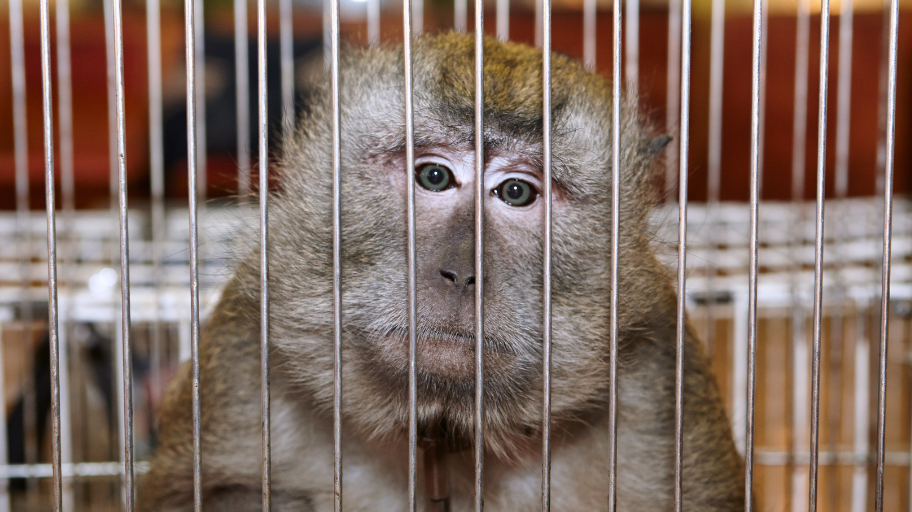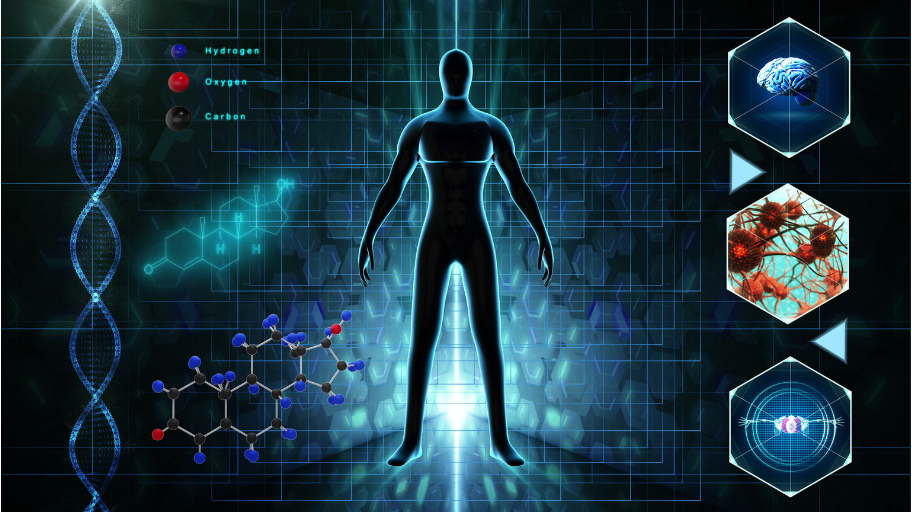Biomanufacturing: How Biologics Are Made

Biologic drugs are produced through a complex process called biomanufacturing. Biomanufacturing is more time-consuming and expensive than generating small molecule drugs, like aspirin. This manufacturing time differential contributes to the high price tag for many biologics.
Understanding the Wider Scope
Biomanufacturing is the production of large molecule drugs, like antibodies and enzymes, from living cells. Biologics, such as vaccines, have been used in medicine for quite some time by injecting animal blood serum and protein fragments to stimulate antibody production. However, large-scale biologics manufacturing, such as monoclonal antibodies, is a more recent phenomenon.
Why It Matters
Biologics have been life-changing for many patients with chronic diseases, including cancer, autoimmune disorders, and inflammatory bowel disease. Many biologic therapies available today did not exist even ten years ago.
Applications in Action
Biomanufacturing involves engineering a cell to produce a specific protein. Scientists transfer a gene encoding the desired protein into a “production cell,” most commonly E. coli bacterial cells or Chinese hamster ovary (CHO) cells.
To manufacture each biologic protein, the manufacturer
- Allows production cells to grow and multiply in a bioreactor containing ideal growth nutrients and conditions,
- Processes the cells to release their protein contents and
- Purifies the protein before delivering the therapy to patients.
Products at Work
Drugs like Ozempic and Humira are protein therapies that have revolutionized the treatment of type 2 diabetes and autoimmune disease, respectively.
- Ozempic (semaglutide) mimics the protein GLP-1 to stimulate the secretion of insulin from the pancreas to better regulate blood sugar.
- Humira (adalimumab) is an antibody that neutralizes TNF-ɑ, a pro-inflammatory protein, decreasing systemic inflammation.
But biomanufacturing isn’t just about medicine. Companies tailor the process to make biofuels and enzymes used in bioremediation and food processing industries.
Cocktail Fodder
Several cell types are exploited in biomanufacturing, including insect, bacterial, yeast, and mammalian cells. Insect cells are a versatile tool, particularly for the production of recombinant proteins. Bacterial cells are commonly used to make enzymes, yeast cells are manipulated to produce vaccines, and mammalian cells are exclusively employed to manufacture monoclonal antibodies and gene therapies. Each cell type offers production advantages and challenges, depending on the drug product’s specific requirements.
Alphabet Soup
What do CMC, GMP, CHO, AAV, Sf9, and QC/QA have in common? They are commonly used drug manufacturing acronyms. If you need to understand the science, technology, and regulatory aspects of drug production (and their accompanying acronyms), check out Biotech Primers’ suite of drug manufacturing courses and learn enough about biomanufacturing to be dangerous.

Biotech Primer is your go-to source for interactive training across the biotechnology, pharmaceutical, molecular diagnostics, and medical device sectors. Explore a range of in-depth biotech courses designed to deepen your understanding of key principles and applications in the field.
Learn More










